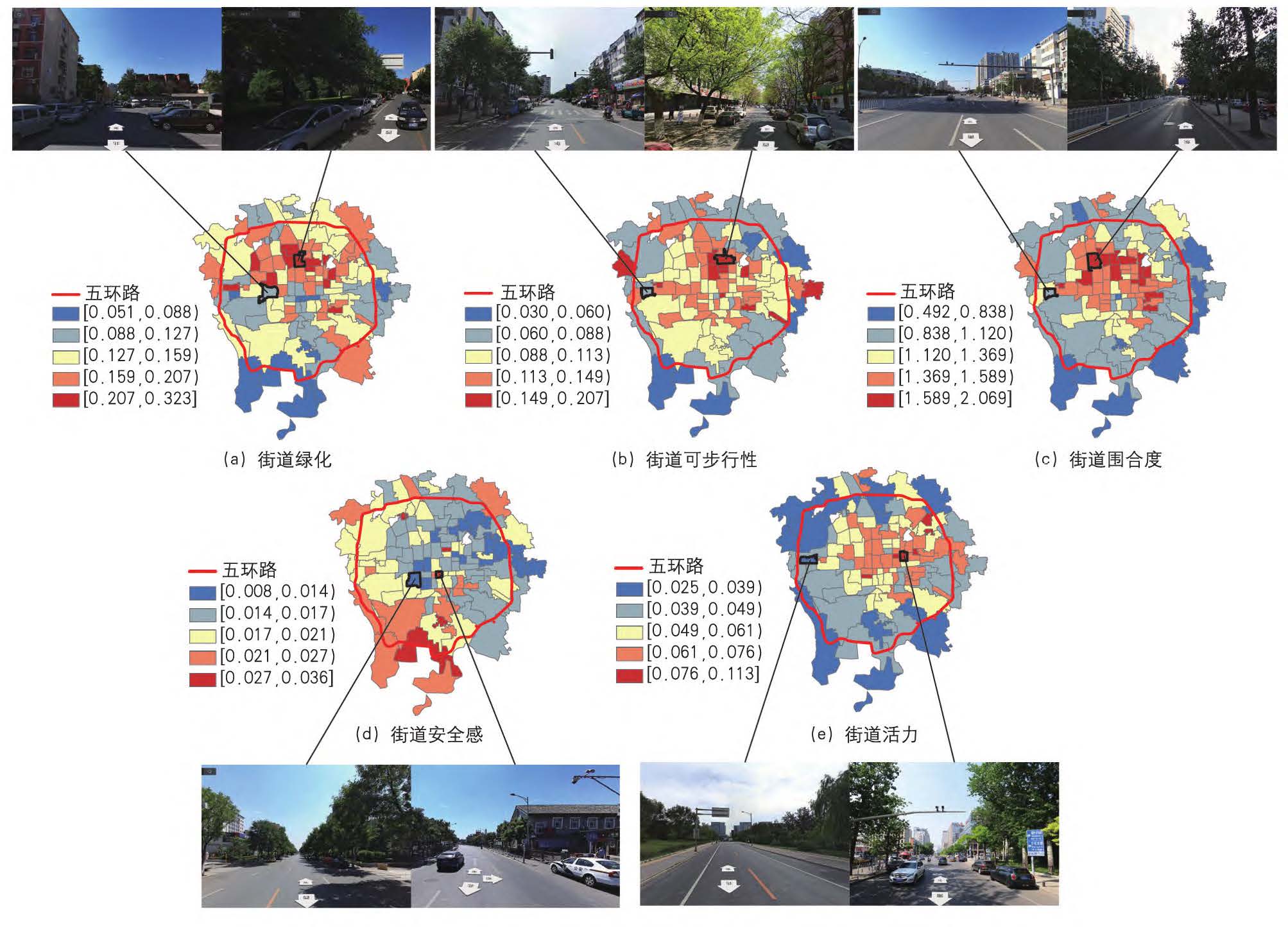题目:人本尺度街道空间品质对学童步行通学的影响——以北京市为例
Title: Impact of Human-scale Street Space Quality on Walking to School by School-age Children:A Case Study of Beijing

摘要 (Abstract)
推动儿童通学出行沿线街道品质提升,有助于提高儿童体力活动水平,改善健康状况,促进我国儿童友好型城市建设。我国建成环境对学龄儿童通学行为影响的研究不多,且多基于宏观尺度测度建成环境。本文基于2015年北京市综合交通调查数据,结合街景数据和基础地理信息数据,识别影响学龄儿童步行通学方式选择的建成环境因素,尤其关注人本尺度的街道空间因素,并控制居住自选择造成的结果偏差。研究表明:道路可步行性和活力与学童步行通学概率存在显著关联,且社会经济条件更好的学童更有可能因街道品质提升而使用步行方式通学;控制居住自选择后,街道环境对学童步行通学概率仍有稳健的显著关联。研究结果可为街道品质评价和儿童友好型城市建设提供科学依据。
Improving the quality of street space can not only promote children’s physical activity and their health, but also push forward the construction of child-friendly cities in China. Previous studies on the associations between the built environment and walking to school by school-age children are insufficient, and have paid little attention to humanscale street space. Using the traffic survey data of Beijing in 2015 in combination with streetscape and basic geographic information data, this paper identifies the built environment elements that affects school-age children’s choice of walking to school, especially the street space elements at the human scale, and controls the possible bias caused by residential self-selection. Results show that: street walkability and vitality are significantly correlated with the probability of walking to school by schoolage children, and the children with better socioeconomic conditions are more likely to walk to school due to the improvement of street space quality; after controlling the residential self-selection bias, the street space quality still has a significant correlation with the probability of walking to school. This study can provide a scientific basis for the evaluation of street space quality and the construction of child-friendly cities.
关键词 (Key Words)
街道空间品质;
学龄儿童;
通学出行;
街景;
居住自选择
street space quality;
school-age children;
walking to school;
streetscape;
residential self-selection
原文链接 (Full Text)
Q.E.D.









